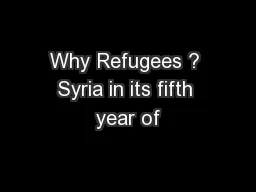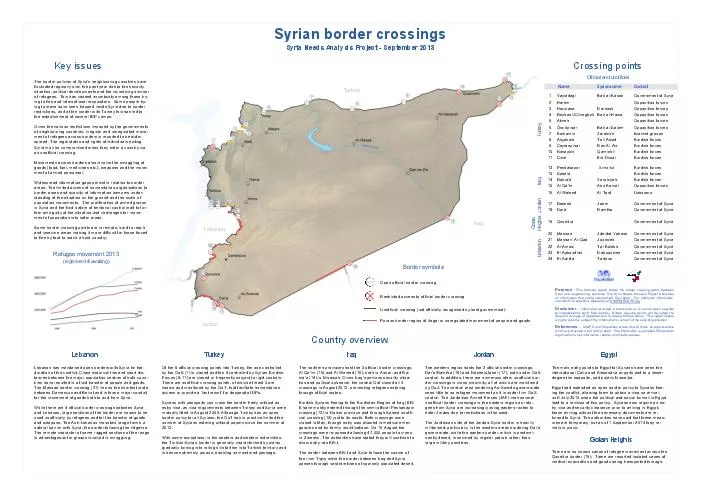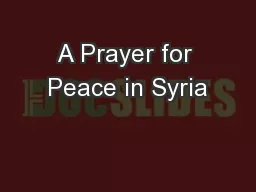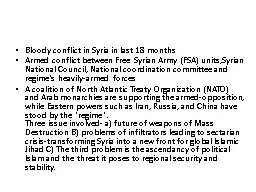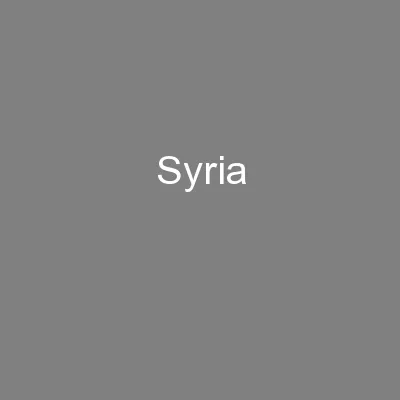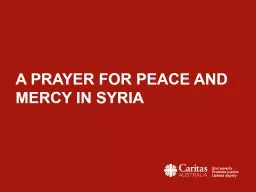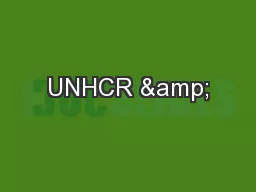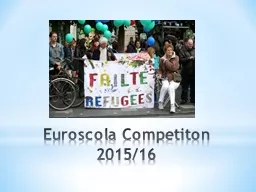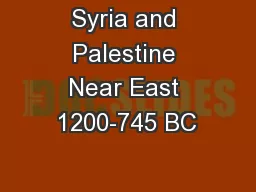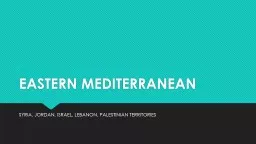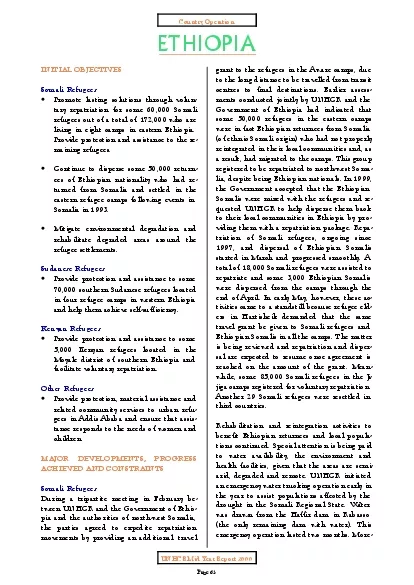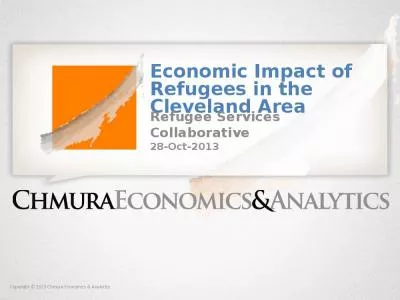PPT-Why Refugees ? Syria in its fifth year of
Author : celsa-spraggs | Published Date : 2018-03-11
conflict There is no sign of the end of the war Incidents of child labour and child marriage have increased since the start of the war They are desperate In Syria
Presentation Embed Code
Download Presentation
Download Presentation The PPT/PDF document "Why Refugees ? Syria in its fifth year o..." is the property of its rightful owner. Permission is granted to download and print the materials on this website for personal, non-commercial use only, and to display it on your personal computer provided you do not modify the materials and that you retain all copyright notices contained in the materials. By downloading content from our website, you accept the terms of this agreement.
Why Refugees ? Syria in its fifth year of: Transcript
Download Rules Of Document
"Why Refugees ? Syria in its fifth year of"The content belongs to its owner. You may download and print it for personal use, without modification, and keep all copyright notices. By downloading, you agree to these terms.
Related Documents

